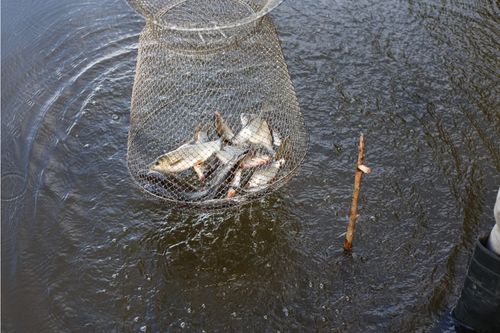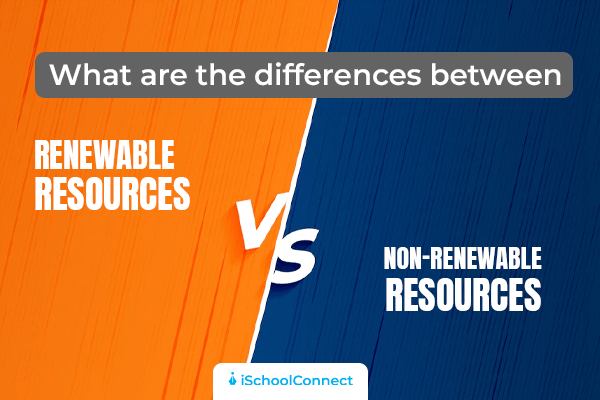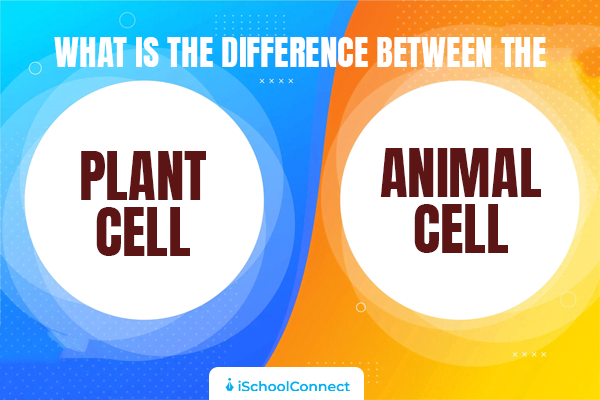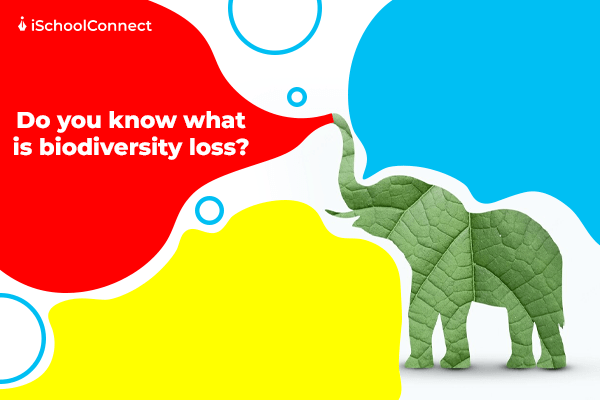Table of Contents
The Wildlife Fisheries and ecology Management study emphasizes understanding the relationships between organisms and their habitats. It combines conceptual knowledge of fish and wildlife ecology and population dynamics with practical skills gained via laboratory and field exercises.
Importance of wildlife fisheries and ecology management

Wildlife fisheries and ecology management include basic ecological principles and their implementation in wildlife conservation, management, and control.
It also applies traditional and cutting-edge tools & techniques used by wildlife managers in the field and by using computers for monitoring, measuring, and analyzing wildlife populations. These professionals contribute to wildlife and ecology conservation.
Why do we need wildlife fisheries and ecology management?
Wildlife management influences interactions among and between wildlife, their habitats, and people to achieve predetermined results. Using the greatest available technology, it aims to balance the demands of nature and people.
Wildlife conservation, gamekeeping, and pest control are all examples of wildlife fisheries and ecology management. Wildlife management employs mathematics, chemistry, biology, ecology, climatology, and geography to achieve the most significant results.
Wildlife management tries to halt biodiversity loss by considering ecological concepts such as carrying capacity, disturbance, and succession and environmental factors such as physical geography, pedology, and hydrology. Most wildlife biologists are concerned with habitat conservation and improvement, while rewilding is becoming more popular.
Reforestation, insect control, nitrification and denitrification, irrigation, coppicing, and hedge laying are techniques used in wildlife fisheries and ecology management.
Gamekeeping is the management or control of wildlife for the game’s benefit, which includes killing other animals that occupy the same niche or predators. It helps to maintain a high population of more profitable species, such as pheasants put into woodland.
Pest control is the management of actual pests for the benefit of wildlife, farmers, gamekeepers, or human safety. Government agencies in the United States often apply wildlife management strategies to enforce legislation, such as the Endangered Species Act.
Several organizations in the United Kingdom carry out wildlife management, including government organizations such as the Forestry Commission, charities such as the RSPB, The Wildlife Trusts, and privately hired gamekeepers and contractors. Wildlife protection legislation, such as the Wildlife and Countryside Act of 1981, has also been enacted. The UK government also gives farmers subsidies under the Countryside Stewardship Scheme to boost the conservation value of their farms.
Advantages of wildlife fisheries and ecology management

Game laws
The history of wildlife management can be traced back to the game laws, which governed the right to kill specific types of fish and wild animals (game). In Britain, game regulations evolved from forest rules, which were highly harsh during the reign of the Norman rulers.
Under William the Conqueror, killing one of the king’s deer was as much a felony as killing one of his subjects. For a long time, a particular position and standing, or the possession of a certain quantity of property, were unavoidable criteria for conferring the right to pursue and kill game on anyone.
The emergence of conserving wildlife
The late nineteenth century witnessed the introduction of the first wildlife conservation legislation and the formation of the first nature conservation organizations.
After intense lobbying by the Association for the Protection of Seabirds, Britain approved the Sea Birds Preservation Act of 1869 as the world’s first wildlife protection law.
Emily Williamson started the Royal Society for the Protection of Birds in 1889 as the Plumage League at her home in Manchester. It was a protest organization against using great crested grebe and kittiwake skins and feathers in fur garments.
The club grew in popularity and eventually merged with the Croydon Fur and Feather League to establish the RSPB.
The Society grew popular among the suburban middle classes and many other significant figures, such as ornithologist Professor Alfred Newton.
Wildlife management as a profession
In the 1920s and 1930s, Aldo Leopold and others sought to transcend the primarily restrictive policies of the previous conservationists, such as anti-hunting crusader William T. Hornaday. They formed the profession of wildlife management in the United States.
Leopold and his close friend Herbert Stoddard, who had scientific forestry training, maintained that contemporary science and technology help repair and improve wildlife habitat, resulting in plentiful ‘crops’ of ducks, deer, and other valuable wild animals.
Interested individuals can pursue professions related to wildlife management professions after completing wildlife fisheries and ecology management courses.
Key takeaways
- Wildlife, Fisheries, and Ecology Management involve game and non-game wildlife species, fish, and aqua crops and their environmental requirements regarding contemporary agricultural methods.
- Wildlife management affects interactions, habitats, and lives of people. Using the best available technology can help balance the demands of wildlife and people.
- Wildlife, Fisheries, and Ecology Management is responsible for establishing game laws for wildlife hunting. It has helped increase the urgency of conserving wildlife and maintaining a balance between nature and humans.
Did you find this blog informative? If so, please share your thoughts in the comments section below. Click here to contact us for more information on wildlife fisheries and ecology management. We would be happy to assist you with your queries.
Liked this blog? Read next: Study of algae- definition, types, characteristics, and much more
FAQs
Q1. What are the goals of wildlife management?
Ans- Protection of a vegetation type or ecosystem, maintenance of a forested or riparian corridor, habitat for various wildlife species, wetland function, and water quality are all common goals.
Q2. Why is there a need for fisheries management?
Ans- Fisheries management strives to achieve the most efficient and sustainable use of fishing resources for the benefit of humanity while protecting the ecology.
Modern fisheries management is based on scientific data, which is utilized to construct the laws that govern the fisheries.
Q3. What are the 7 types of ecology?
Ans- Types of ecology-
- Molecular ecology
- Organismal ecology
- Population ecology
- Community ecology
- Global ecology
- Landscape ecology
- Ecosystem ecology






